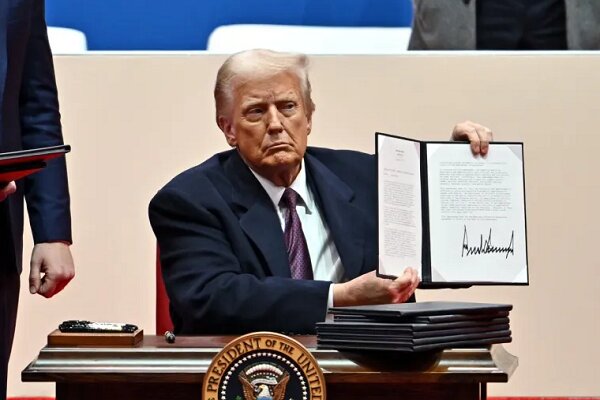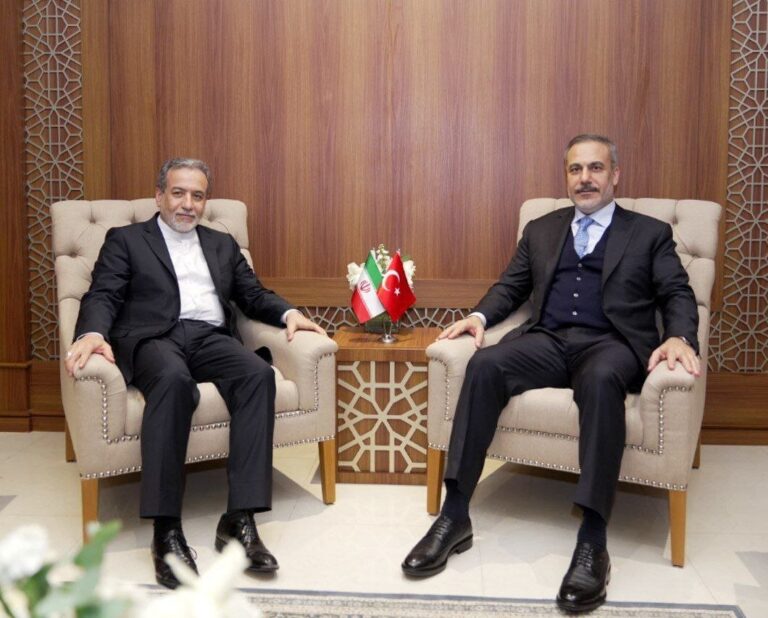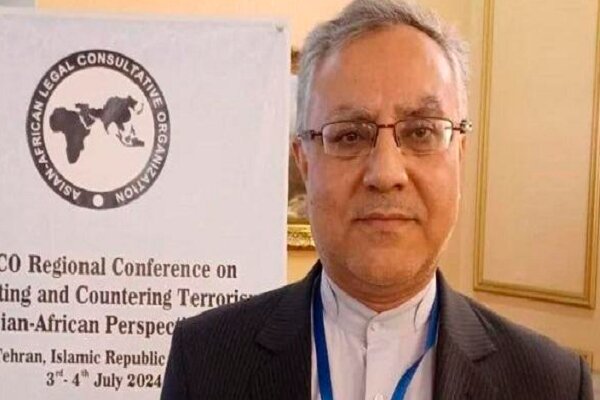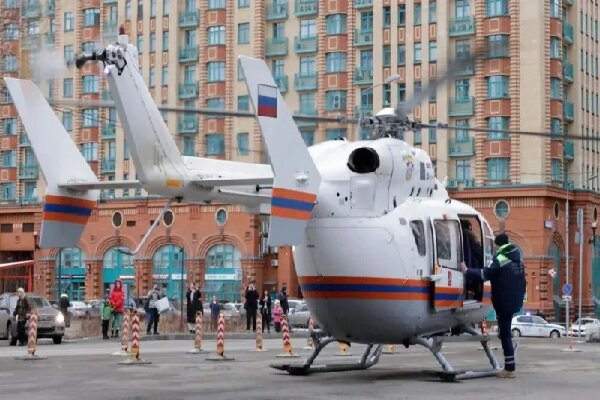Unpacking Trump’s Game Plan: Key Players and Strategies in the New Syria Landscape
The geopolitical landscape of Syria continues to shift dramatically under the influence of U.S. foreign policy, particularly contrasting the approaches of former President Donald Trump and current President Joe Biden. Understanding these differences is crucial for grasping the complexities of Syria’s ongoing conflict and its implications for regional stability.
Under the Obama administration, Turkey was positioned as a key player in promoting “Sunni political Islam” to counteract the Axis of Resistance. In stark contrast, Trump’s administration adopted a firmer stance against Turkey’s aspirations in the Middle East. Trump perceives the current Syrian leadership as terrorists and favors a government backed by the Persian Gulf Arab states over one dominated by Turkey.
Trump’s approach to Syria can be divided into two primary strategies:
- Plan A: This plan emphasizes dialogue between regional sponsors, such as Turkey and Qatar versus Saudi Arabia and the UAE. The latter, along with Egypt, is observing the evolving situation with skepticism and caution but lacks significant control over the developments. Once a regime aligned with Persian Gulf interests is established, a potential peace deal with Israel may emerge. The U.S. is expected to monitor Turkey’s actions in Syria to safeguard its allies while keeping Syria divided until stabilization occurs.
- Plan B: In the event that conflict persists, Trump may consider partitioning Syria into four distinct zones: one controlled by Turkey, a U.S.-backed Kurdish area, an Israeli-controlled region, and a lawless zone. Trump is unlikely to withdraw U.S. forces unless they face direct threats. Instead, the strategy would focus on limiting Turkish influence without active intervention, supporting Kurdish groups in their territories while maintaining a U.S. presence in key areas like Raqqa, Hasakah, and Deir ez-Zor.
Turkey has played a pivotal role in attempting to oust the Syrian regime, aspiring to impose its influence on the new leadership, which it desires to be entirely compliant with its interests. Unlike Iran, Turkey prefers direct military interventions, seeking to annex strategic locations like Aleppo and Hama, contingent upon international approval. Furthermore, Turkey aims to dismantle Kurdish forces, specifically the U.S.-backed Syrian Democratic Forces (SDF). However, the SDF is unlikely to be disbanded or integrated into the Syrian army, as the U.S. continues to rely on their support while Turkey opposes their inclusion.
Israel’s involvement has also expanded, extending its influence from the Golan Heights to the Daraa region. Israel has seized opportunities to enhance its control over water sources in elevated areas, viewing its presence as compensation for unmet objectives in Lebanon. The emerging Syrian regime is unlikely to confront Israel, even verbally, although local resistance could arise.
Europe, particularly France, is closely monitoring the situation in Syria. France may advocate for a partition strategy to curb Turkey’s influence, having already reached out to certain Druze leaders to discuss potential French protection. This could lead to the establishment of a coastal Alawite region, possibly under French or Turkish oversight.
Russia’s role in Syria remains ambiguous, especially as its influence appears to be diminishing. Russia’s presence in Syria significantly bolstered its political, economic, and military standing in the Middle East and the Persian Gulf, with arms sales making it a formidable competitor to Western powers. The Kremlin had aspirations to reach the Mediterranean and warm waters, achieving this goal, yet the reasons for its recent withdrawal remain unclear. Speculations suggest that dealings related to Ukraine could be a factor, but this does not adequately explain such a significant retreat.
Iran, while having effectively withdrawn from Syria, still maintains networks and relationships established during its extensive involvement. However, Iran refrains from engaging in combat on behalf of those unwilling to defend themselves. Unlike other powers, Iran prefers to collaborate locally, forming targeted groups to combat terrorism rather than establishing permanent military bases. Although Iran’s presence was initially invited by the previous regime for defensive purposes, it departed months before the regime’s collapse, leaving its new role in Syria undefined.
Julani and his factions, known for their history of terrorism, currently dominate parts of Syria but are grappling with internal divisions. The West and the global order appear to be receptive to Julani, due to his compliance with their directives, which may prolong his rule. However, military successes do not necessarily translate into enduring political power, and his position could weaken over time. Julani lacks a substantive public image, and while full compliance with Western demands could extend the government’s lifespan, it may intensify internal contradictions.
In conclusion, internal political dialogues linked to regional sponsors are anticipated, yet success remains doubtful. Instability is likely to persist, leading to further chaos, although an official partitioning of Syria is not expected. Understanding these dynamics is essential for anyone interested in the future of Syria and the broader Middle Eastern region.
The views expressed in this article are those of the writer.





